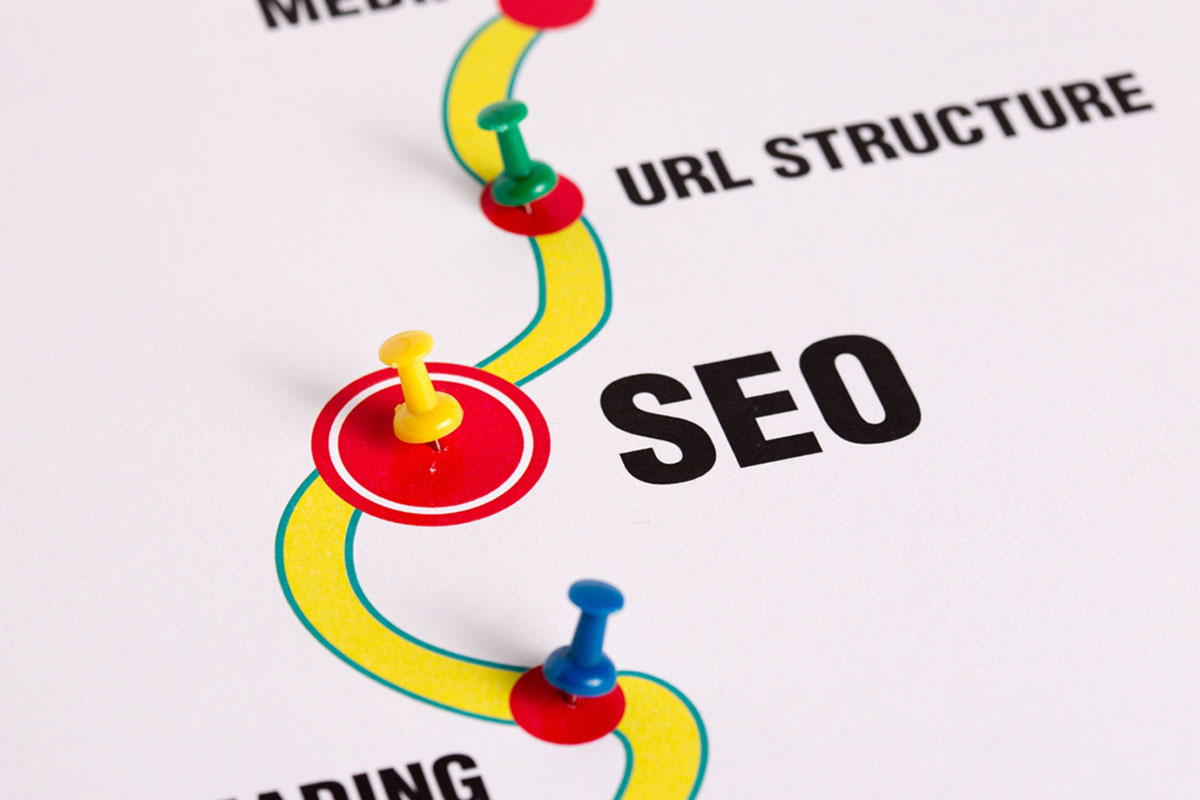
When it comes to improving your search rankings, on-page SEO is a critical factor. An on-page SEO audit focuses on optimizing individual pages of your website to improve their search engine rankings. This includes optimizing title tags, meta descriptions, headers, and content for target keywords. As an SEO expert, I’ve seen how fine-tuning these elements can significantly boost organic visibility and drive more traffic to a website.
Key Elements of an On-Page SEO Audit
- Title Tags and Meta Descriptions:
- Importance: These elements help search engines understand the content of your pages and improve click-through rates.
- Tools: Yoast SEO, Moz.
- Headers (H1, H2, H3):
- Importance: Proper header structure helps search engines understand the hierarchy and importance of content on your pages.
- Tools: Screaming Frog, Ahrefs.
- Content Optimization:
- Importance: High-quality, relevant content is essential for ranking well in search results.
- Tools: SEMrush, Clearscope.
- Internal Linking:
- Importance: Internal links help search engines discover your content and understand its structure.
- Tools: Ahrefs, Moz.
How to Optimize Title Tags, Meta Descriptions, Headers, and Content
- Title Tags and Meta Descriptions:
- Strategy: Include target keywords, keep them concise, and make them compelling to improve click-through rates.
- Example: An online retailer optimized their title tags and meta descriptions, resulting in a 20% increase in organic click-through rates and a 15% increase in sales.
- Headers:
- Strategy: Use H1 tags for main titles, H2 for subheadings, and H3 for additional sections to create a clear hierarchy.
- Example: A blog improved their header structure, making content easier to read and navigate, leading to a 25% increase in average session duration.
- Content Optimization:
- Strategy: Create high-quality, keyword-rich content that provides value to users and answers their queries.
- Example: A tech company optimized their blog content, resulting in a 30% increase in organic traffic and a 20% increase in lead generation.
- Internal Linking:
- Strategy: Use relevant anchor text and link to related content to help search engines understand the context of your pages.
- Example: An educational site improved their internal linking structure, leading to a 15% increase in indexed pages and a 10% increase in organic traffic.
Best Practices for On-Page SEO
- Keyword Research:
- Importance: Understanding what keywords your audience is searching for helps you create content that meets their needs.
- Tools: Google Keyword Planner, Ahrefs.
- User Intent:
- Importance: Aligning your content with user intent ensures that it meets the needs of your audience.
- Strategy: Analyze search results to understand the intent behind keywords and tailor your content accordingly.
- Content Structure:
- Importance: Well-structured content improves readability and engagement.
- Strategy: Use short paragraphs, bullet points, and multimedia elements to break up text and enhance the user experience.
- URL Structure:
- Importance: Clean, descriptive URLs help search engines and users understand the content of your pages.
- Strategy: Use keywords in URLs and keep them short and readable.
- Image Optimization:
- Importance: Optimized images can improve page load speed and provide additional SEO value.
- Strategy: Use descriptive file names and alt text, and compress images to reduce file size.
On-Page SEO Implementations
| Business | On-Page SEO Element | Solution Implemented | Result |
|---|---|---|---|
| Online Retailer | Title Tags and Meta Descriptions | Optimized title tags and meta descriptions for target keywords | 20% increase in organic CTR and 15% increase in sales |
| Blog | Headers and Content Structure | Improved header structure and content readability | 25% increase in average session duration and higher user engagement |
| Tech Company | Content Optimization | Created keyword-rich, valuable content tailored to user queries | 30% increase in organic traffic and 20% increase in leads |
| Educational Site | Internal Linking | Enhanced internal linking strategy with relevant anchor text | 15% increase in indexed pages and 10% increase in organic traffic |
| Local Service Business | Image Optimization | Optimized images with descriptive alt text and compressed file sizes | 18% faster page load speed and 12% increase in user satisfaction |
Through my experience, I’ve found that even minor adjustments in on-page elements can lead to significant improvements in search visibility and user engagement. Regularly auditing and optimizing your on-page SEO is a key practice for sustained success.
An effective on-page SEO audit is essential for improving your search rankings and driving organic traffic. By optimizing title tags, meta descriptions, headers, and content, and following best practices, you can enhance your website’s performance and user experience.
In the next article, we will explore off-page SEO audits, focusing on strategies for analyzing and improving your backlink profile and online reputation. This series aims to equip you with the knowledge and tools to conduct comprehensive SEO audits, driving business growth and digital success.

